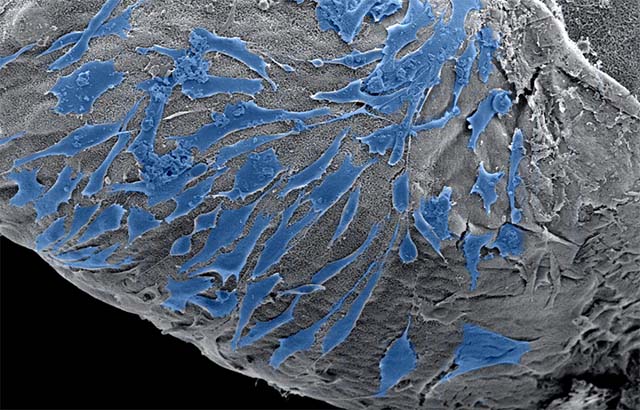Researchers from Queen Mary University of London developed a 3D printing technique using cells and molecules capable to create constructs that look like biological structures.
These cells and molecules usually found in natural tissues were integrated in an ink as part of this research. The ink is similar to their original environment and has enabled researchers to analyze the functioning of cells within such an environment, on the other hand to study biological scenarios such as where cancer grows or how immune cells interact with other cells in order to bring out new drugs.

The printing technique
Researchers built structures by assembling molecules like Lego pieces using additive manufacturing. The technique precisely integrates the micro- and macroscopic control of structural features that printing provides with the molecular and nano-scale control enabled by self-assembly.
The structures can be manufactured under digital control and with molecular precision which also enables the researchers to create constructs that mimic body parts or tissues for tissue engineering or regenerative medicine.
Professor Alvaro Mata, from Queen Mary’s School of Engineering and Materials Science, said: “The technique opens the possibility to design and create biological scenarios like complex and specific cell environments, which can be used in different fields such as tissue engineering by creating constructs that resemble tissues or in vitro models that can be used to test drugs in a more efficient manner.”
3D printing enables to break the barrier of the limited capacities of printing inks which did not actively the cells that are being printed.
PhD student Clara Hedegaard, leading author of the paper, added: “This method enables the possibility to build 3D structures by printing multiple types of biomolecules capable of assembling into well defined structures at multiple scales. Because of this, the self-assembling ink provides an opportunity to control the chemical and physical properties during and after printing, which can be tuned to stimulate cell behaviour.”
For further information about 3D Printing, follow us on our social networks!





